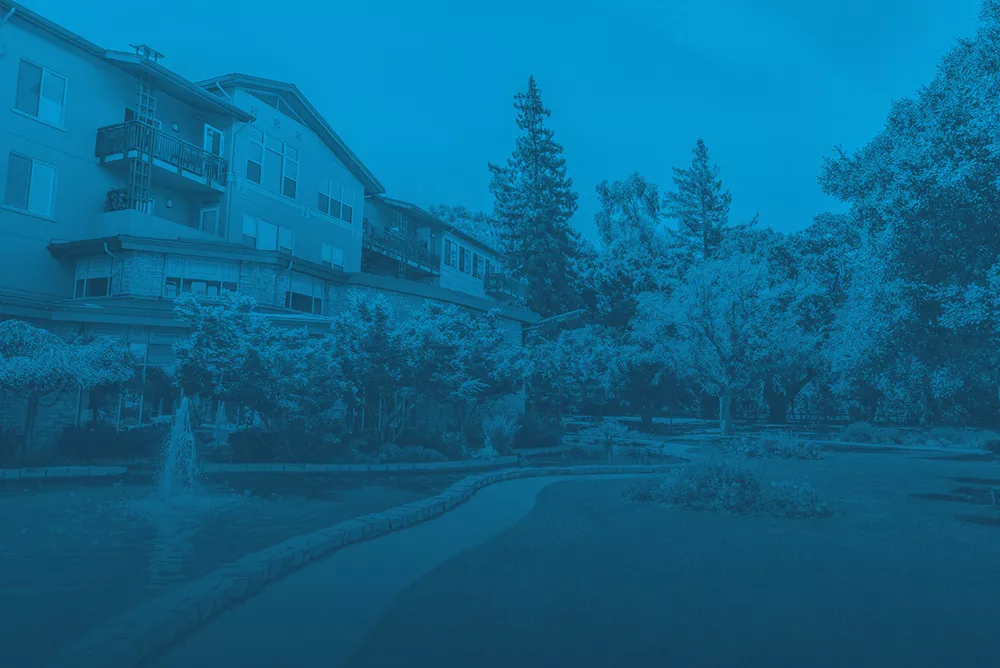While the senior living industry is sometimes thought to be slow to adopt cutting edge technologies, a new survey of the 100 largest non-profit senior living continuing care retirement communities indicates some of the early adopters are using the technology in abundance.
Across social connectedness, safety and electronic documentation, providers are already using technology solutions in the vast majority of communities.
More than 90% are providing residents with Internet access, community portals and social connectedness sites, according to the LeadingAge Ziegler 100 Technology Adoption and Utilization Survey, released for the first time this week. Providers are also embracing safety technologies, with 88% of survey respondents reporting they have adopted wander management technologies and 83% reporting the use of emergency response systems.
“I was pleasantly surprised to see a relatively high adoption rate of personal emergency response systems that automatically detect falls and health information exchange capabilities for medication orders, electronic prescribing, lab orders and results,” says Majd Alwan, senior vice president of technology for LeadingAge.
While electronic documentation technologies are being adopted at a slightly lower pace than communications-centric technologies, more than three quarters of providers surveyed currently employ EMR/EHRs and 83% are utilizing point-of-care tech.
Some technology categories are lagging others, presenting opportunity for providers, Alwan says.
“I see two areas of opportunity for growth,” he says. “First, around monitoring technology both for telehealth or remote monitoring for biometrics for disease management as well as activity monitoring/telecare. I anticipate significant growth and interest in these kinds of technologies in the next 2 to 3 years, primarily because they have significant potential in reducing hospital readmissions, improving health outcomes and reducing cost.”
Providers are also using technology for health and wellness tracking, though not as commonly as for connectivity or health records tracking. Nearly one in five of the communities surveyed are using telehealth or remote patient monitoring with 15% reporting the use of telecare/telemonitoring/behavioral aging in place.
While the communities are varied in their uses of health and wellness technologies, only 2% do not use any technology at all toward wellness and health monitoring.
Adoption is likely to increase over time as the sector overcomes existing challenges.
“Awareness of these technologies in general is one of the challenges. But the more important reasons for slower adoption are lack of business models and explicit incentives or reimbursements to encourage adoption,” Alwan says. “But again, I see opportunities emerging out of new care delivery models that are being piloted, demonstrated or instituted by Medicare under health care reform initiatives or through the Center for Medicare and Medicaid Innovation (CMMI) to encourage more meaningful partnerships between acute care and long-term care, and this will make it more conducive for providers to adopt these types of technology.”
The findings are not necessarily representative of the larger senior living population, however.
“The [survey] is not designed to provide generalizable data on the broader LeadingAge membership,” the survey’s authors wrote upon its release. “However, it provides important indicators about the aging services sector, in general, and about this group of providers, in particular, that are known to be market leaders and pioneers of technology.”
Ziegler and LeadingAge plan to use the findings as a baseline for future surveying of the non-profit senior living sector in terms of tech adoption.
Written by Elizabeth Ecker


